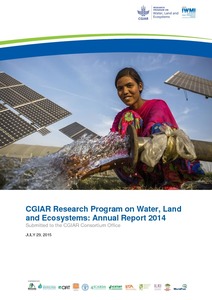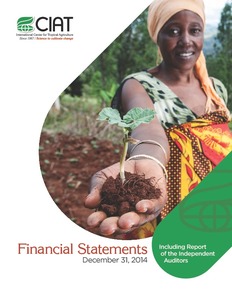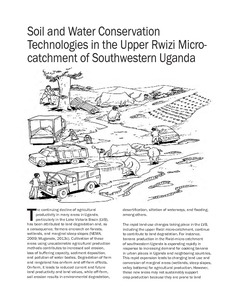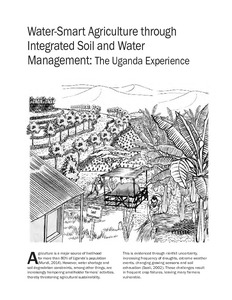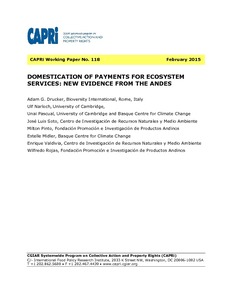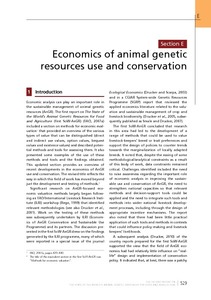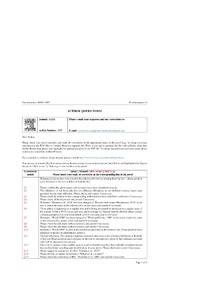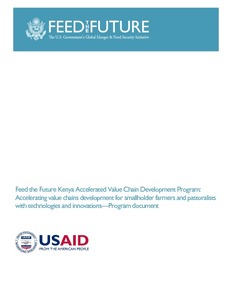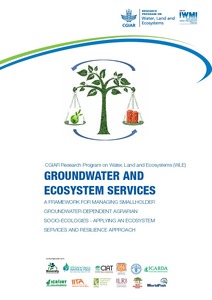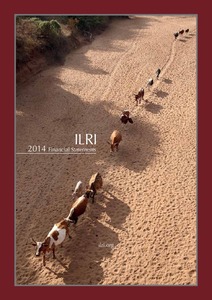Conserving soils: Soil and water conservation technologies in the upper Rwizi microcatchment of Southwestern Uganda
Conserving soils: Water-smart agriculture through integrated soil and water management: The Uganda experience
Domestication of payments for ecosystem services: new evidence from the Andes.
The current project has sought to assess i) the potential of agricultural biodiversity-focused PES to serve as a cost-effective and socially equitable domesticated diversity conservation incentive scheme, as well as ii) how economic incentive mechanisms such as PES can be designed to build on and complement local institutions of collective action. Results are presented from pilot Payment for Agrobiodiversity Conservation (PACS) schemes and framed field experiments implemented in the Bolivian and Peruvian Andes aimed at sustaining diversity within quinoa, a traditional Andean grain.
Economics of animal genetic resources use and conservation
Economic analysis can play an important role in the sustainable management of animal genetic resources (AnGR). The first report on The State of the World’s Animal Genetic Resources for Food and Agriculture (first SoW-AnGR) (FAO, 2007a) included a section on methods for economic evaluation 1 that provided an overview of the various types of value that can be distinguished (direct and indirect use values, option values, bequest values and existence values) and described potential methods and tools for assessing them.
Effects of salinity and drought on early seedling growth and survival of Artemisia herba-alba
Seedlings of Artemisia herba-alba grown in glasshouse were watered with differing salinities (0, 150, 250 or 350 mM NaCl) and watering frequencies of 3, 7, 14 or 21 days for a period of 6 weeks. At the end of the study, plant survival, dry matter yield, biomass allocation (shoot and root), leaf area, relative growth rate (RGR), net assimilation rate (NAR), specific leaf area (SLA) and leaf area ratio (LAR) were recorded. When watered with 0 mM NaCl, Artemisia herba-alba plants had similar (P> 0.9) final dry matter weight and 100% survival regardless of watering frequency.

